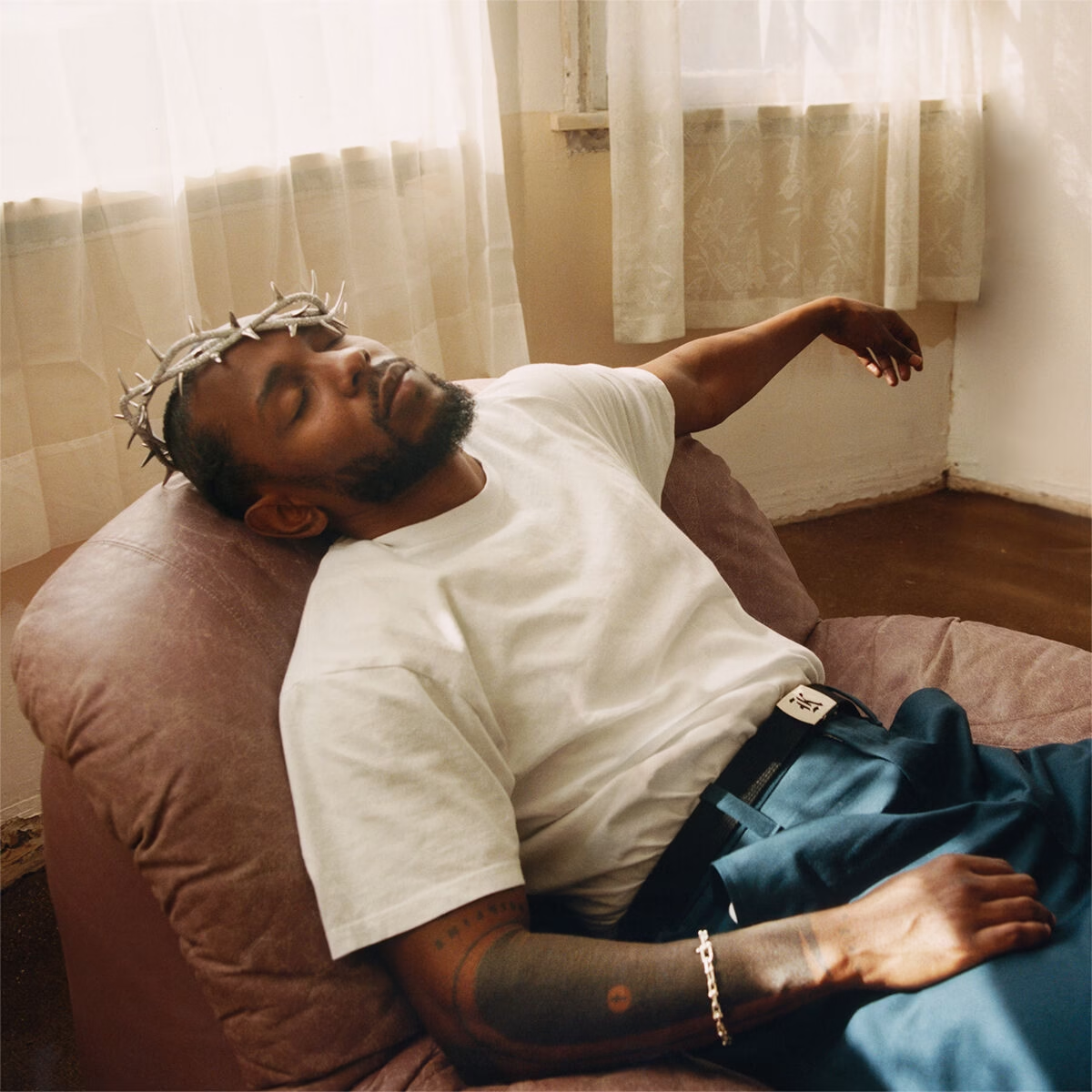The recording booth was silent except for the faint hum of the HVAC system. Kendrick Lamar Duckworth, then just 24 years old, adjusted his headphones and stared at the lyric sheet trembling in his hands. The words he was about to record would later be called “the most important 12 minutes in hip-hop history” – the explosive finale to his major-label debut good kid, m.A.A.d city. But in that moment, all he felt was fear.
“I almost threw up,” Lamar would later tell The New York Times. “I realized this wasn’t just music anymore. It was therapy.”
What happened next – the creation of Sing About Me, I’m Dying of Thirst – would reveal the complex psychology behind one of modern music’s most brilliant minds. This is the untold story of how trauma, genius, and relentless self-analysis transformed a Compton kid into rap’s unlikeliest therapist.
Act I: The Witness (1992-2003)
The bullets came through the window at 3:17 PM.
Eight-year-old Kendrick crouched behind his father’s couch as rival gang members sprayed their Compton apartment complex with gunfire. Outside, his friend David – the same boy who’d shared Fruit Gushers with him that morning – lay bleeding on the sidewalk.
“I saw him take his last breath,” Lamar revealed in 2015. “That’s something you don’t forget.”
Child psychologists call this “witness trauma” – when children observe violence without directly experiencing it. Dr. Sarah Vinson, a forensic psychiatrist who studies hip-hop artists, explains:
“Witnessing trauma activates the same neural pathways as experiencing it. The brain stores these memories with extraordinary vividness. For artists like Kendrick, this becomes creative fuel – but also an endless loop to process.”
By age 12, Lamar developed two psychological coping mechanisms that would define his career:
- Hyper-observation: Cataloging neighborhood details like a war correspondent
- Dissociative storytelling: Recounting violence in third-person, as if watching himself
His early notebooks (now archived at the Grammy Museum) show this dichotomy – pages filled with both cartoon doodles and chillingly precise descriptions of drive-by shootings.
Act II: The Breakthrough (2012)
Dr. Dre’s studio smelled like weed and expensive cologne.
It was March 2012, and Lamar – fresh off his indie mixtape success – was struggling with his major-label debut. For weeks, he’d been recording generic club bangers to appease Interscope executives. Then, during a 3 AM session, engineer MixedByAli played a haunting jazz sample.
“Kendrick just froze,” recalls producer Sounwave. “Then he said, ‘Turn off the lights.’”
What emerged was good kid, m.A.A.d city‘s narrative framework – a semi-autobiographical tale of peer pressure, violence, and redemption. Clinical psychologist Dr. Michael Eric Dyson notes:
“He constructed what we call a ‘trauma narrative’ – organizing chaotic experiences into a coherent story. This is a technique we use with PTSD patients. Kendrick did it instinctively through music.”
The album’s centerpiece, Sing About Me, reveals Lamar’s psychological genius. Over a minimalist beat, he inhabits three perspectives:
- A dying gang member’s final thoughts
- A prostitute’s internal monologue
- His own panicked response to witnessing a murder
“Polyphonic narration is exceptionally rare in popular music,” says Harvard linguist Dr. Cecelia Cutler. “It requires holding multiple conflicting identities in your mind simultaneously – a hallmark of high emotional intelligence.”
Act III: The Therapist (2015-Present)
The crowd at the 2016 Grammy Awards didn’t know what hit them.
Lamar emerged in chains, performing The Blacker the Berry amid a prison set piece. His lyrics ricocheted between black empowerment and self-loathing:
“I’m the biggest hypocrite of 2015
When I finish this, if you listenin’, then sure you’ll agree”
This was Lamar weaponizing cognitive dissonance – forcing listeners to hold contradictory ideas. UCLA psychology professor Dr. Phillip Atiba Goff explains:
“He’s using musical tension to recreate the psychological tension of racism. When white audiences cheer lines about black power, then recoil at lines about retaliation, they experience the same discomfort black Americans feel daily.”
By 2022’s Mr. Morale & The Big Steppers, Lamar had fully embraced his role as hip-hop’s unofficial therapist. The album explores:
- Generational trauma (Mother I Sober)
- Celebrity narcissism (Rich Spirit)
- Therapy resistance in black communities (Savior)
“Kendrick is modeling vulnerability as strength,” says Dr. Joy Harden Bradford, founder of Therapy for Black Girls. “When a Pulitzer winner talks about going to therapy, it destigmatizes mental healthcare for millions.”
The Legacy: Rhymes as Cognitive Behavioral Therapy
Backstage at the 2023 Glastonbury Festival, Lamar sat with his cousin and hypeman Baby Keem. As fireworks exploded over the crowd of 100,000, Keem asked why he still seemed pensive.
“Because I’m thinking about the next session,” Lamar replied.
In hip-hop’s 50-year history, no artist has so thoroughly weaponized psychology. From using Jungian shadow work in DAMN. to exploring attachment theory in LOVE., Lamar treats albums like therapy sessions – both for himself and his listeners.
As Dr. Vinson summarizes: “Tupac gave us rage. Biggie gave us humor. Kendrick gives us something radical in rap – the chance to heal.”
The boy who witnessed murder has become the man teaching us to witness ourselves. And in that act of collective self-examination, perhaps we’ll find what Lamar’s music has always offered: not answers, but the courage to ask better questions.
Epilogue: The Next Session
On May 24, 2024, Lamar quietly filed trademark paperwork for a surprising new venture: pgLang Therapeutic Soundscapes. Industry insiders suggest it may combine music with guided therapy techniques.
When reached for comment, his team offered only a cryptic response: “The work continues.”
One thing seems certain – wherever hip-hop’s therapist goes next, millions will follow. Not just to listen, but to heal.

